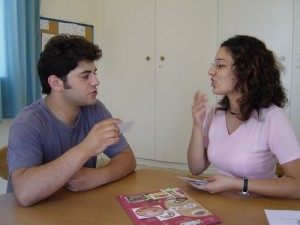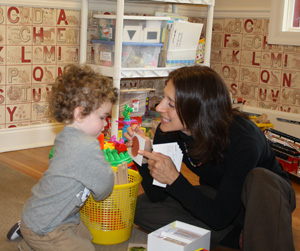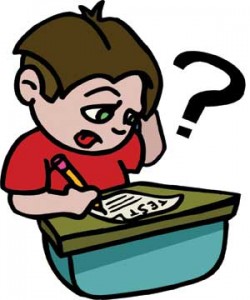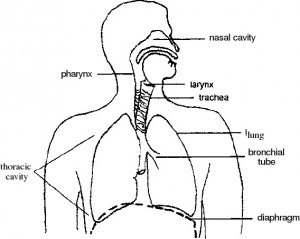Some types of lisps (frontal and dentalized) can arise during normal development. This is not the case with lateral or palatal lisps. When vocalizing the “s” and “z” sounds, a child with a lateral lisp directs air flow over the sides of the tongue, rather than straight down the middle of the tongue. This is often a result of incorrect tongue placement. Speech-language pathologist (SLP) Caroline Bowen notes that children with a lateral lisp often use a tongue placement for the “s” and “z” sounds that is quite similar to the tongue placement for an “l” sound.
Understanding Palatal Lisps
Pronunciation & Lisps Speech DisordersSometimes, a child can naturally “grow out of” a lisp. However, a palatal lisp is not a developmental problem, which means that your child is not likely to grow out of it. A palatal lisp occurs when your child touches the middle of his tongue to the soft palate when he pronounces the “s” and “z” sounds.
An Interview with Laura Clark – Children’s Librarian
Language DevelopmentLaura Clark, of the Saratoga Springs Public Library, is a longtime children’s librarian with nearly 40 years of experience leading story groups and parent/child workshops. Today, she’s sharing her expertise with parents on how best to use library resources to encourage children to love books.
Pursuing a 504 Plan
Legal IssuesYour child was found to be ineligible for an Individualized Education Program (IEP) under the Individuals with Disabilities Education Act (IDEA). You’ve pounded the pavement and appealed the decision, but the school district will not declare your child eligible for special education. What’s next? You could consult a private speech-language pathologist (SLP). You could also pursue a 504 plan. A 504 plan is similar to an IEP. However, it’s covered under section 504 of the Rehabilitation Act of 1973, not the IDEA law.
Voice Disorders
Speech DisordersThere are many different kinds of voice disorders, or vocal disorders. They range from mild to severe. Most often, a voice disorder in a child is a result of excessive yelling, coughing, throat clearing, or similar activities. They may also be caused by environmental factors, such as irritants, or by congenital abnormalities. If your child’s voice seems unusual bring him to his pediatrician to have him evaluated for a possible voice disorder.





